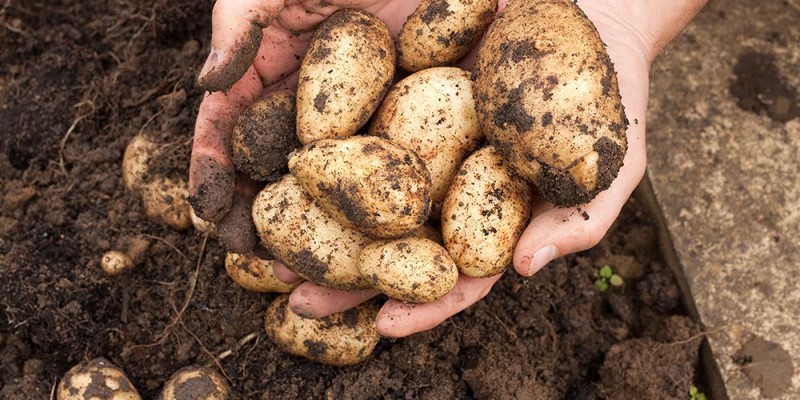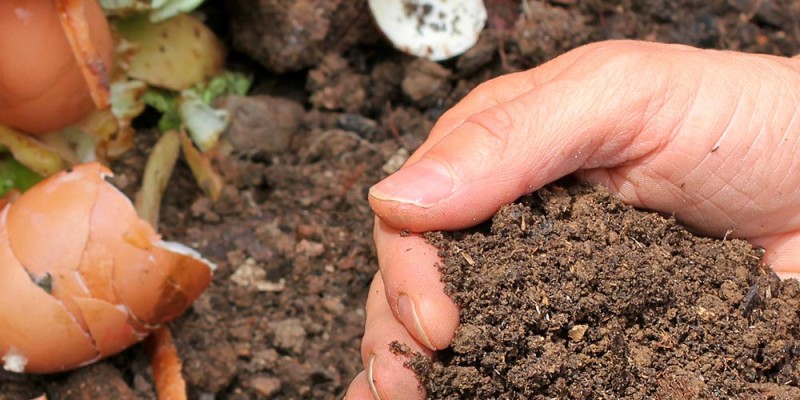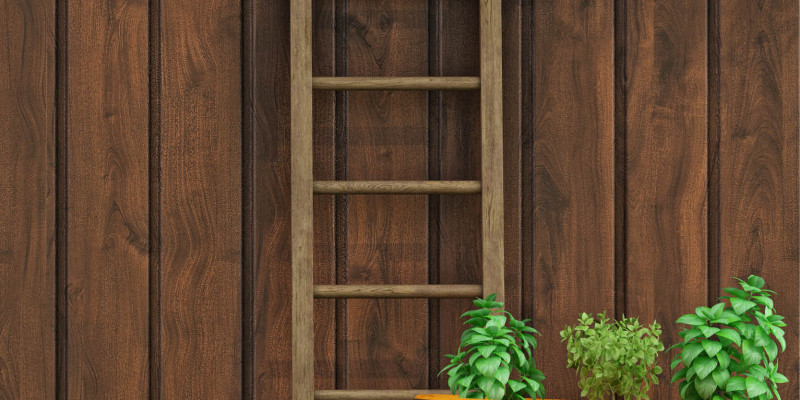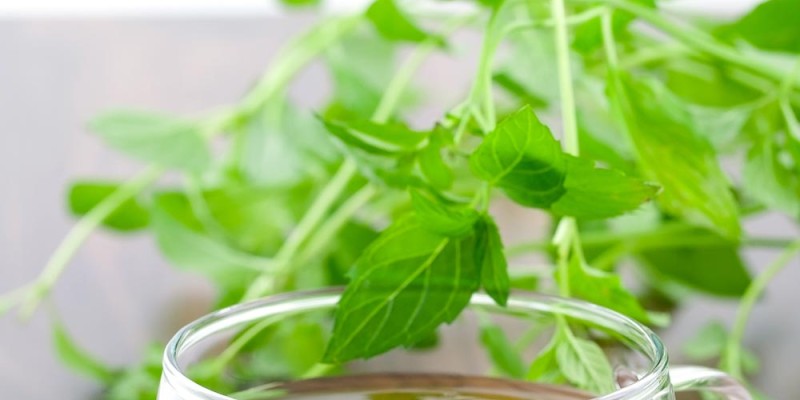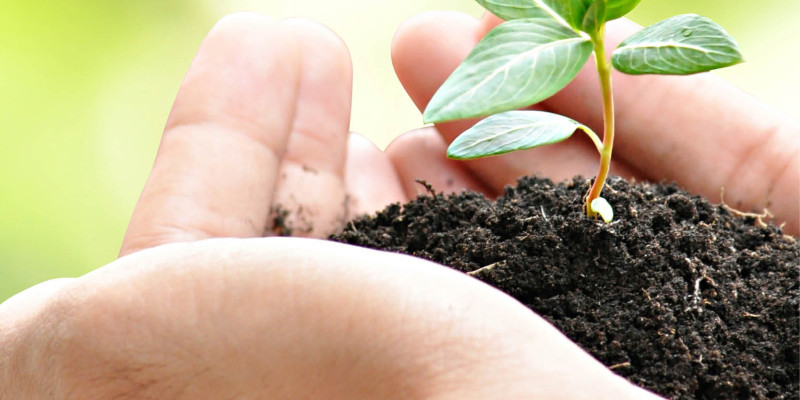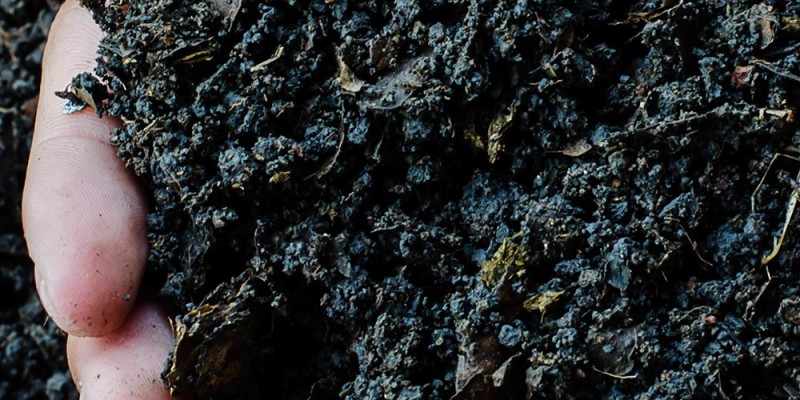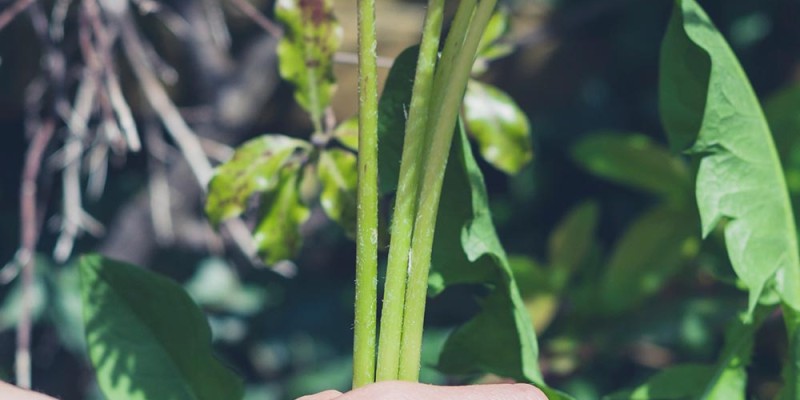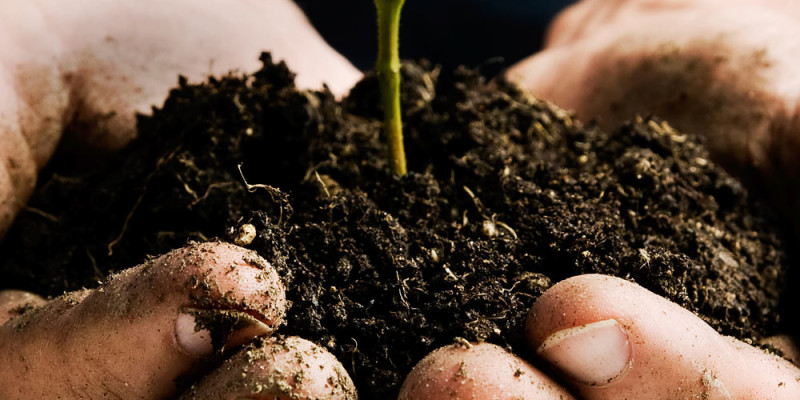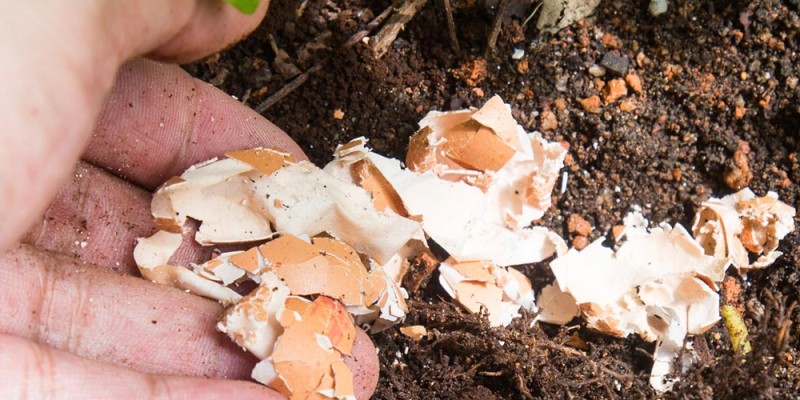Last month on the testing garden assumptions series I evaluated eggshells as resource to return nutrients in the garden. Many of you had questions about the value of bananas peels.
Bananas as a food source and resource
Bananas are produced in tropical climates and the fruit we eat are a part of the berry family. Bananas are an important food source in many developing nations however after the flesh is eaten the peal is often tossed in the garbage.
This is important as bananas are a significant source of food worldwide only behind Rice, Corn and Milk for total volume consumed by humans. That means in large parts of the world banana peels could very well prove a valuable resource to return nutrients to soil that increase local food production.
There are plenty of claims made about banana peels and their use as a fertilizer containing high concentrations of potassium a nutrient plants use in very high concentrations.
Elemental Makeup of Banana Peels – Fertilizer potential
Researchers in Belgium evaluated a number of different banana peels from difference varieties at different stages of ripeness. The intent of their study was to figure out the composition of the peel to see if there is any potential use for this waste product.
There are ranges in the number of elements that banana peels have however the most accurate assessment shows banana peels being comprised of 4.4 – 6.3% dry weight potassium with significant amounts of Calcium Phosphorus Magnesium and Sodium along with a number of other trace elements. This accounts for 9/15 of the commonly tested for elements. [1][2][3]
Banana peels have high nitrogen to carbon ratio resulting in a net surplus of nitrogen. In order for that nitrogen to be released the peel must be broken down or completely decomposed. Most of the nitrogen is tied up in proteins that beneficial bacteria digest and as they died throughout the growing season the nitrogen is then released and available to the plans.
Application Techniques of Banana Peels in the Garden
As it turns out banana peels are valuable as a nutrient source for the garden and they contain more than just the potassium.
If you need to return potassium or any of the other nutrients, found in the banana peels, to the soil there are a number of methods you can use. I would avoid burying any undecomposed banana peels as the decomposition process although it will release surplus nitrogen it does take nitrogen to do this in the first place. It will draw down the local nitrogen for a period of time before releasing more. If this is in the rooting area of a plant you may notice a nitrogen deficiency that can hurt production.
Mulch Method
The first method is by applying the peel to the mulch layer. In order to get the benefit without having a mushy or dried whole peel on your mulch layer you may want to do a few steps.
In order to break up the peel you may want to dry the peel. You can dry the peel in the air however that may attract fruit flies and that is likely not desirable.
For this method you can toss them in the oven at 105C or 222F for 45 minutes to an hour or until it breaks easily. The drying time will largely depend on how moist the peels are. If you do dry the peels you will lose some of the nitrogen content and it takes some time.
Once the banana peel is completely dried crush the peel to increase the surface area. The larger surface area will help the organic material break down faster releasing the nutrients within. This also helps you spread the material in the mulch layer. Similar to eggshells you can toss the dried peels in a food processor or coffee grinder to powder them.
Compost Method
As you all know I am a proponent of finding efficiencies in the garden so that I can spend less time working and more time enjoying the garden. If your soil has enough potassium or the other nutrients for healthy plant growth you can take advantage of the nitrogen in the peel and simply toast the peel in the compost pile.
In hot compost the peel should break down with the rest of the materials adding its benefits to the end product.
Vermiculture
If you have a worm farm you can use the peels to feed your worms. Similar to the mulch method the worms will have much faster access to the food source if the peels are broken up. Unlike the mulch method you do not need to dry the peels before breaking them up or blending them.
Just make sure your worm bed is not too wet already as the worms need a moist but not soaking environment.
Will Banana Peels Change the pH of my soil?
Another question often asked when evaluating banana peels use in the garden is can the peels change the pH of soil?
Banana peels have quite a basic pH of 9.91 and in high enough concentrations in extreme cases can change the soils pH. Quick changes to soil pH can disrupt the nutrient cycle harming or killing plants.
pH change with the mulch method
If you wish to apply the dried peels to your mulch layer make sure not to over apply them to any area in the garden. This is especially important if you grind them to a fine powder.
pH change with the hot compost method
If you apply the peels with the rest of your kitchen scraps and yard waste to your compost pile then the pH will neutralize over time. [5]
pH change with the vermicompost method
Similar principal applies to your worm farm as well. Although worms are able to survive and thrive in a wide variety of pH ranges sharp changes can stress them slowing their life cycle. If the peels are added slowly with the rest of your kitchen scraps the worms and bacterial will eventually neutralize the pH. [6]
Recommended Application Technique
The vermiculure method may be the most effective way to accelerate the breakdown of the peel releasing the nutrients.
Research has shown within a 45 day span complete breakdown of organic materials in a worm farm with a neutral pH. If after the 45 days you apply the worm castings, on top of the soil below your mulch, it would likely provide the same value as hot compost much faster, with the addition of the growth hormones and bacteria the worms leave on their castings while reducing the effort and nitrogen loss of the mulch method.
As the peer reviewed literature supports the use of banana peels in the garden I will be adding it to the list of free and local resources that can be use to fertilize my garden. By adding banana peels to this list and your garden practices we can divert yet another resource from the land fill and gaining benefit in the garden.
If you have missed any other earlier Testing Garden Assumptions series videos including where we take a look at other free and local resources there is a link on screen now to the playlist.
Related Videos
Testing Garden Assumptions Series Playlist:
Build Fantastic Soil For Free:
References
[1] Banana Peel Elemental Make Up paper
http://www.sciencedirect.com/science/article/pii/S0308814606007023
http://docsdrive.com/pdfs/medwelljournals/jftech/2008/263-266.pdf [3] Chemical Make up of Banana Peel
http://www.cabdirect.org/abstracts/20093114405.html;jsessionid=04F4B8B6B1627994C6C64737A272022E [4] Banana peels used for absorption of heavy metals.
http://www.sciencedirect.com/science/article/pii/S0960852409013650 [5] pH of banana peels
http://www.tropentag.de/2006/abstracts/full/260.pdf [6] Effects of pH on Worm Farms
http://epa.niif.hu/02500/02583/00006/pdf/EPA02583_applied_ecology_2006_01_085-097.pdf
